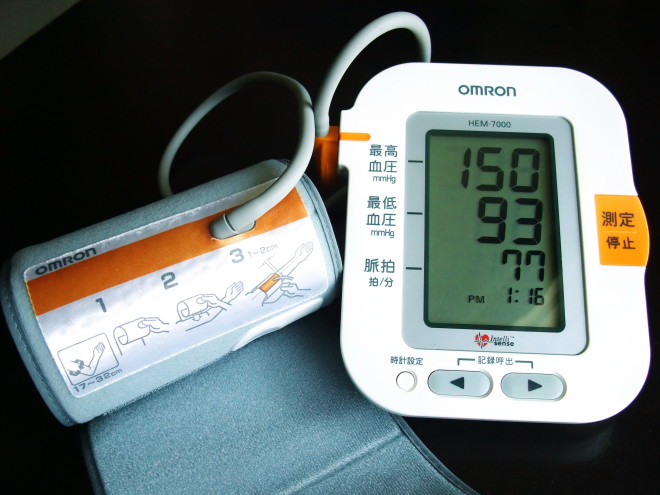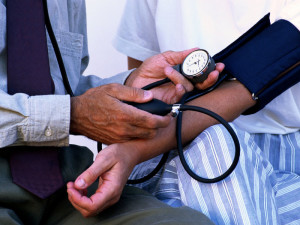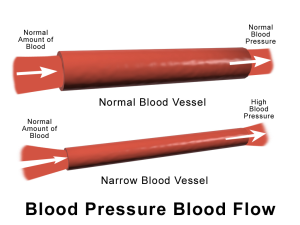
High blood pressure is a silent assassin. It is the leading cause of death among men and women who die due to strokes and heart attacks. You need to make sure that you do not suffer the consequences of it due to ignorance or neglect on your part.
• Firstly, make it a point to keep your blood pressure level under 140/90 mm HG. The range between 120/80 and  140/90 is now referred to as the pre-hypertension zone since every rise there on indicates future hypertension and cardiovascular risk. If and when the systolic pressure (which is the top number on your blood pressure reading) goes above 140, ask your doctor for help.
140/90 is now referred to as the pre-hypertension zone since every rise there on indicates future hypertension and cardiovascular risk. If and when the systolic pressure (which is the top number on your blood pressure reading) goes above 140, ask your doctor for help.
• Reducing the salt and sodium content in your diet is a small but good step to take. Sodium is one of the four minerals the body requires, along with calcium, magnesium and potassium. Intake of these minerals in balance keeps your blood pressure level balanced as well. Calcium is an important part of your diet that you can obtain from dairy products. Fruits, vegetables, mushrooms and seafood provide you with magnesium. The blood-pressure-lowering electrolyte, potassium, is to be found in sweet potatoes, mangos, potatoes, banana and honeydew melon. Instead of using salt while cooking your meals, you could use potassium chloride. Increasing the potassium content in your body lowers blood pressure levels. However, it is not to be taken by people with kidney problems and patients prescribed drugs known as ACE inhibitors.
• If you do not want to take the substitute for salt, leave out the salt in the food altogether. Instead, balance the food by seasoning it well. It is surprising how well spices and seasoning can liven up your food and mask the absence of salt in it.
 • When you are having any packaged food, make sure to read the nutrition levels. Every kind of packaged food usually comes with sodium. When you consume the food, you need to know how much of sodium is getting into your system.
• When you are having any packaged food, make sure to read the nutrition levels. Every kind of packaged food usually comes with sodium. When you consume the food, you need to know how much of sodium is getting into your system.
• Aim to keep your body weight healthy. Overweight and obese people run greater risks of high blood pressure levels. A BMI of over 25 is considered overweight. A waist of over 35 inches in women and 40 inches in men indicates excess weight around the abdominal region, which in turn instigates higher blood pressure levels.
• Take 30 minutes of time from your daily schedule to workout. It could be a brisk 30-minute walk or some time spent dancing. If the idea of walking for 30 minutes straight does not appeal to you, you could break it into 10-minute segments spreading your routine through the whole day.
